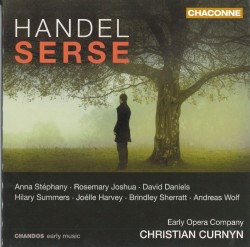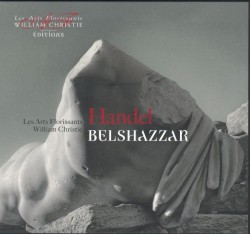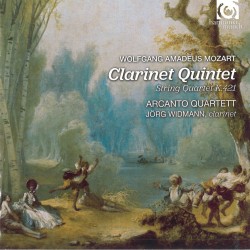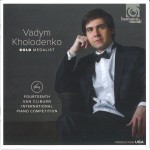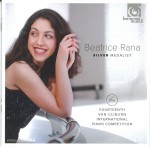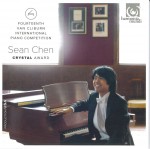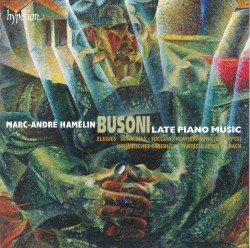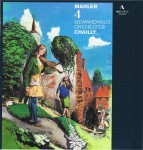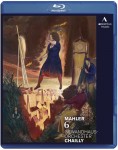Royal Recorder Concertos – Music from the Court of King Frederik IV
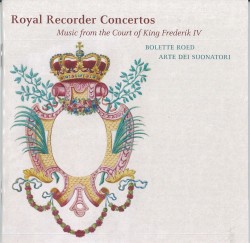 Royal Recorder Concertos – Music from the Court of King Frederik IV
Royal Recorder Concertos – Music from the Court of King Frederik IV
Bolette Roed; Arte dei Suonatori
Dacapo 6.220630
With its focus on 18th-century Danish musical life during the reigns of Frederik IV and V and Christian VI, this disc shines a provocative light on uncommon repertoire and makes a refreshing addition to recorder music available on CD. On a more personal note, this delightful collaboration between the excellent Danish recorder player Bolette Roed and Polish ensemble Arte dei Suonatori had me smiling and humming along from its first note to its last.
The CD opens with Graupner’s Overture in F Major, reminiscent of Telemann’s Suite in A Minor for its similar instrumentation, style and length. Though less virtuosic than the Telemann, it presents interpretative challenges which these players meet with aplomb, finding for example a perfect, improvisatory tempo giusto for the movement “La Speranza.” Roed provides a lovely cadenza in the first movement of Scheibe’s Concerto a quattro, and a serene, easygoing yet beautifully expressive adagio. In vivid contrast, Graun’s Double Concerto in C bursts out of the gate with its virtuosic passagework and decidedly “yang” character. Graupner’s F Major Concerto and the suite from the music collection of Princess Charlotte Amalie, arranged by Maciej Prochaska, are two little gems.
The performances offer much variety of mood and colour, and thoughtful attention to details in the original scores provides a springboard to refined and imaginative interpretation. The instrumental balance is good, the booklet notes are excellent and the packaging is quite beautiful. Way to go, Denmark!


